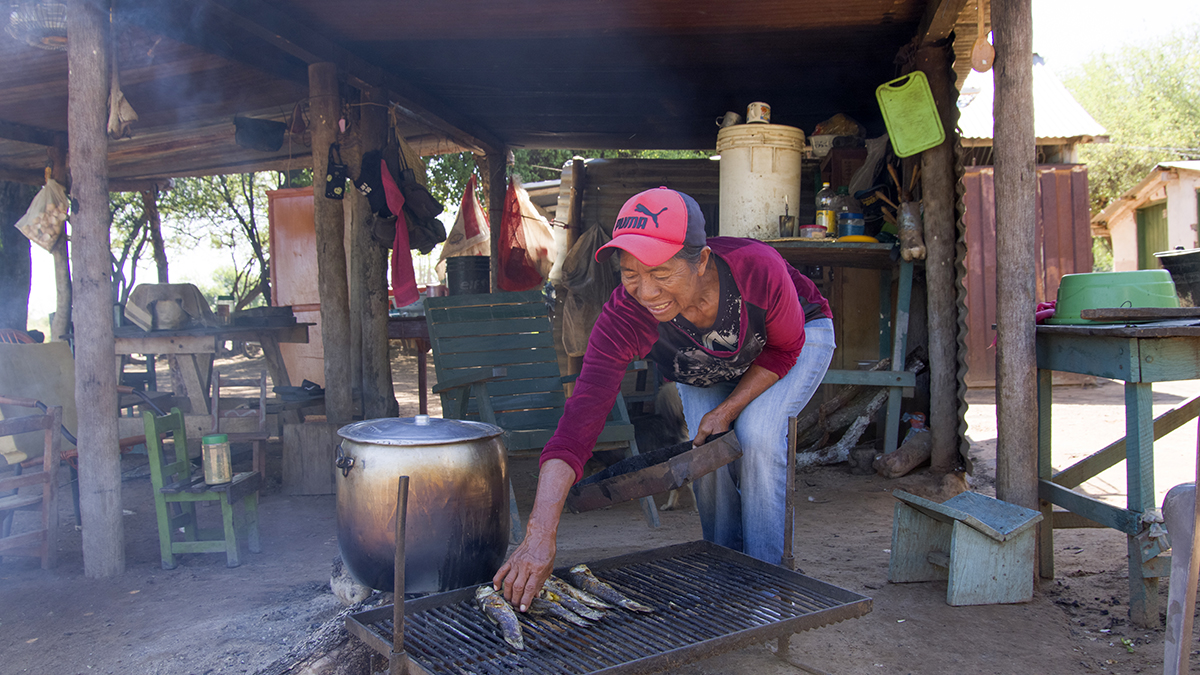Solidaridad facilitated a participatory assessment in “El Estribo,” a settlement of Enxet Sur people, to learn about the participation of men and women in community development. “El Estribo” is located in the Gran Chaco region, 372 km from the capital of Paraguay, Asunción, and is home to 773 families in its 9,600 hectares.
Following the commitment “leaving no one behind” in the realization of the 2030 SDG Agenda, this type of initiative is essential to make indigenous women visible in data, statistics, decision-making and public policies.
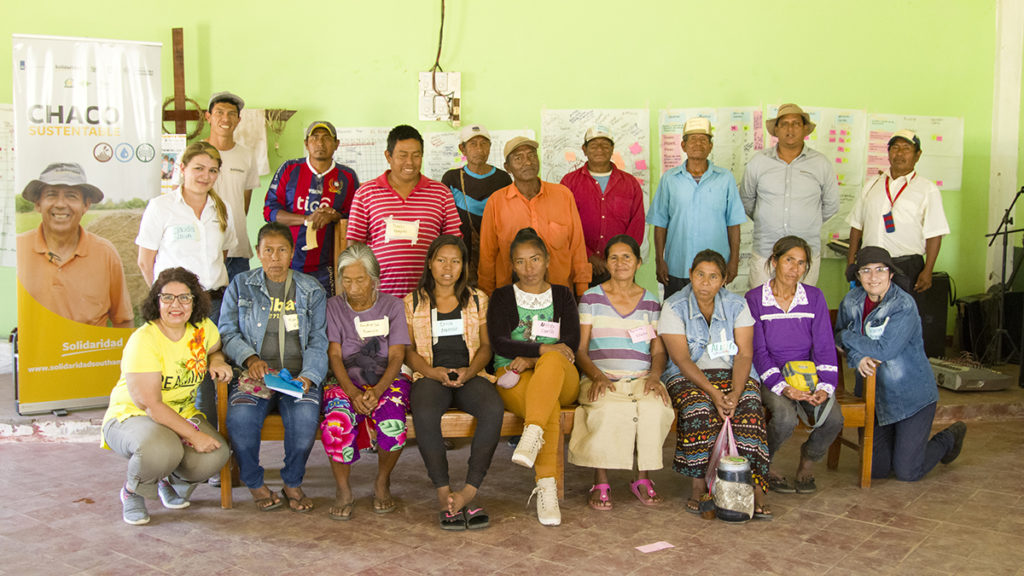
Indigenous women play a fundamental role in the economy of their communities. They are in charge of food security, but they also contribute to income-generating activities. However, their work and needs are not reflected in public statistical data, which shrouds their importance in the community, and home life.
Differentiated roles
Within the community, tasks performed by men and women are very well distinguished. Men have a greater participation in paid activities such as the production of honey and sesame, handicrafts, and off-farm work. In fact, more than 50 percent of men work outside the community, on ranches and cities.
Women, on the other hand, are exclusively in charge of domestic activities within communities. They are in charge of cooking, washing, helping children with schoolwork, taking care of the sick, gardening, raising small animals, fishing, and harvesting fruits. Since these activities are not remunerated, their value in economic terms is not considered. This means that their contribution is not visible by the community or the state.
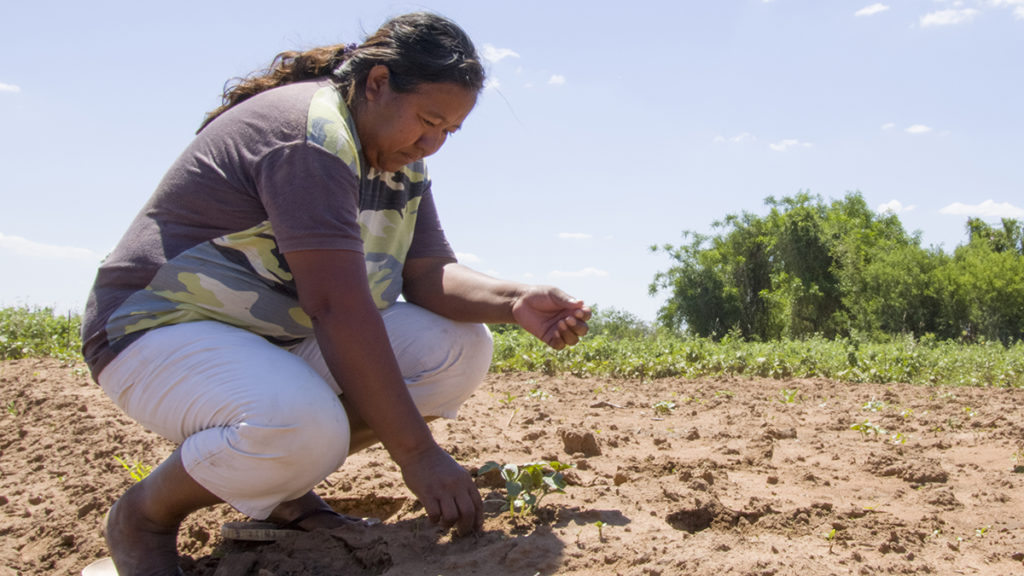
In addition to this, women make handicrafts. As holders of the Paraguayan Institute of Crafts card, they are the ones who can access credit in financial institutions. They also replace men in tasks related to sesame cultivation when they are working outside the community. However, gender based stereotypes about the division of labor often lead to an underestimation of women’s contribution to these productive activities in terms of time and work.
Participation within the community
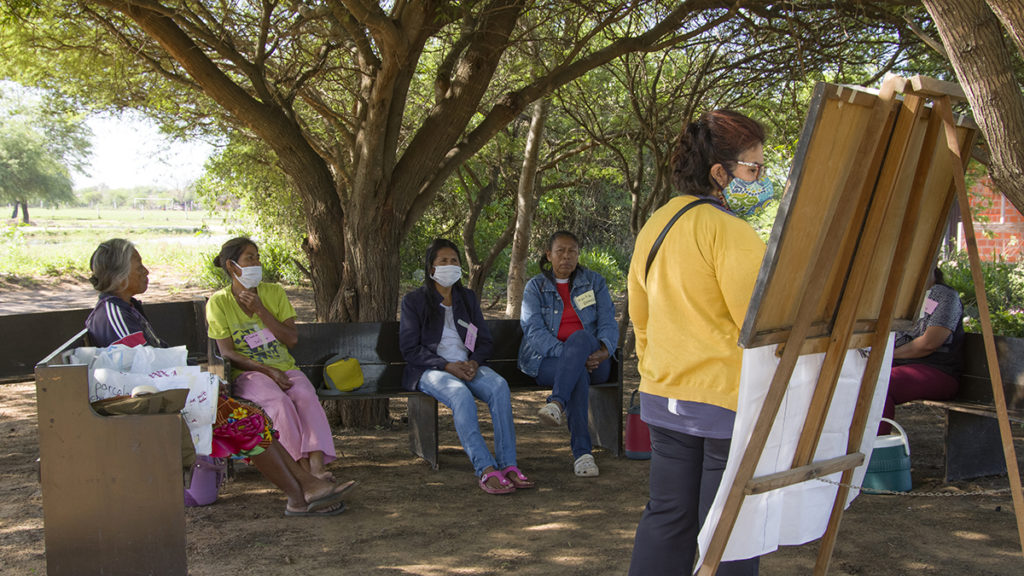
The fact that men have greater access to productive resources, translates into greater leadership within the community space. However, as a result of the high employment rate of men outside the communities, women are the ones who know best the community’s infrastructure and services needs. Consequently, they have increasingly organized themselves and occupied representation spaces.
“There are women among us who want to participate in community organizations and projects, but still have to ask for permission. Many of us are here because we have autonomy, our husbands support us and they recognize that the work we do is important, but others cannot come,” says Marta Gonzalez.
Understanding the workload of women
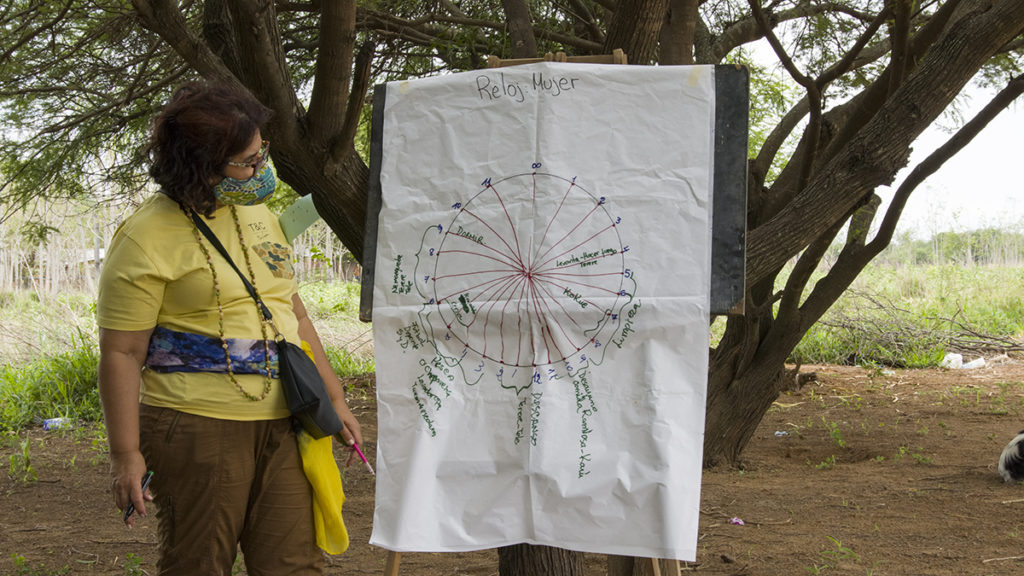
The workshop made it clear that women generally have a higher workload than men on a day-to-day basis. It also enabled men to realize the economic value of the tasks that women perform at home and in the community, and their leadership in the face of disease, droughts or floods to come up with survival strategies.
“El Estribo” is far away from the nearest river, and its water resources are limited to a few lagoons dependent on the rainfall. Droughts that occur every year, affect men and women differently from a gender perspective.
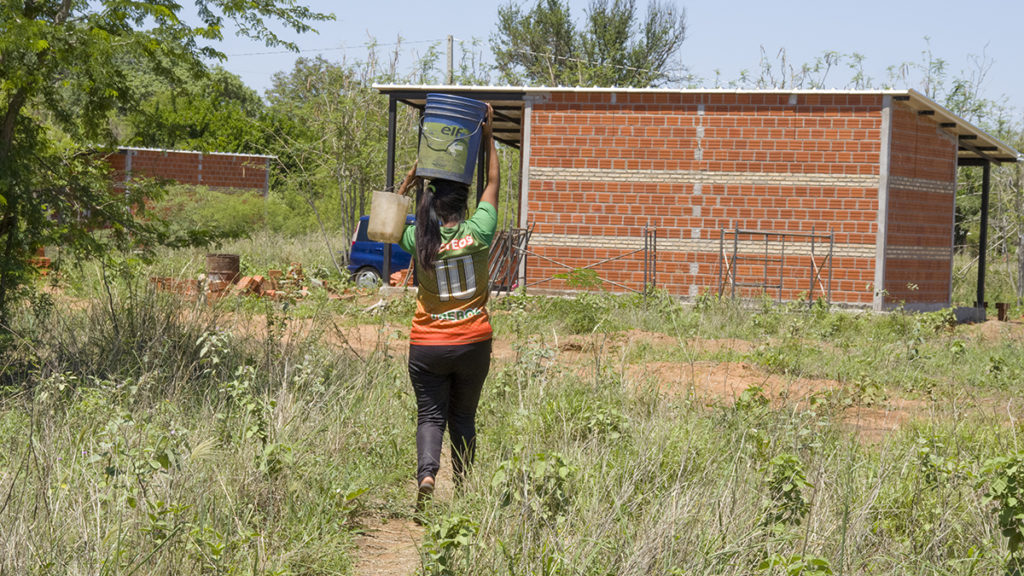
Given the aforementioned division of labor, droughts are more time consuming for women who have to carry water for cooking and livestock, and treat seasonal illnesses in children, such as diarrhea.
“We must recognize that many times we do not even know what is going on at home. Many men go out to work and women have to take on all the work, and the work is not light. Many said here that women only do light work, but that is not true. I have seen women working with shovels and picks, making roads, putting fences and other things, or in the fields cultivating from sunrise to sunset with their families. They put up with everything and many times we men do not know how to value their contribution,” declared Carlos Carrillo, another of the workshop participants.
Importance of gender analysis
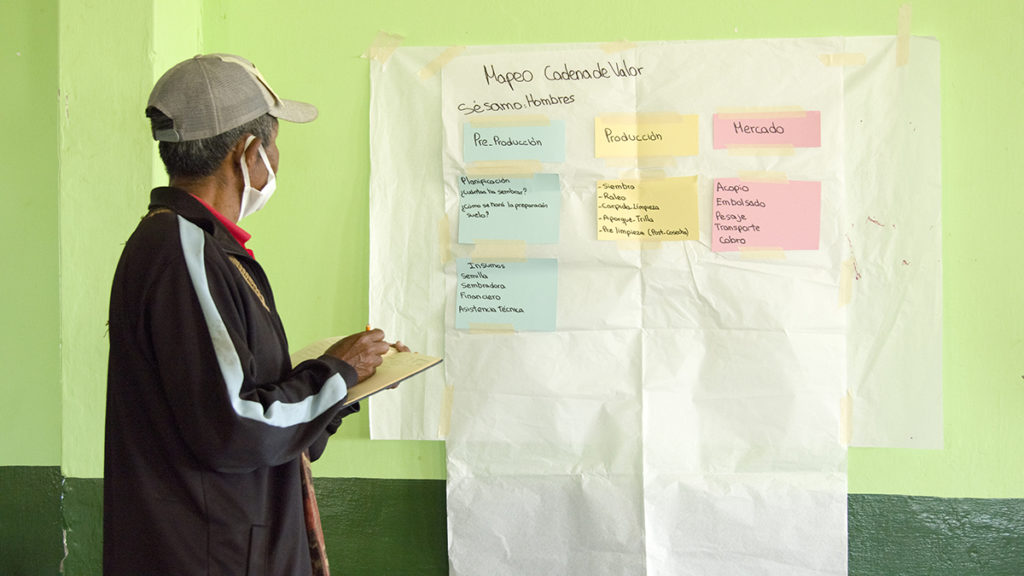
Carrying out a gender analysis along a supply chain, mapping it, makes it possible to identify the participation of all family members, including young people, in each link. It also makes it possible to identify which cultural aspects relegate young people and women from spaces of power and decision-making.
- The simple fact of making these tasks visible is a first step for women and young people to have greater access to productive resources and technical assistance to be more efficient and competitive in what they already do.
- Similarly, it is important to work with men to promote greater co-responsibility in domestic and caregiving tasks, challenging rigid gender stereotypes that lead to an unequal division of labor.
- Lastly, working with youth, starting from the identification of their interests and vision of the world that surrounds them, can also contribute to making gender roles more flexible.

